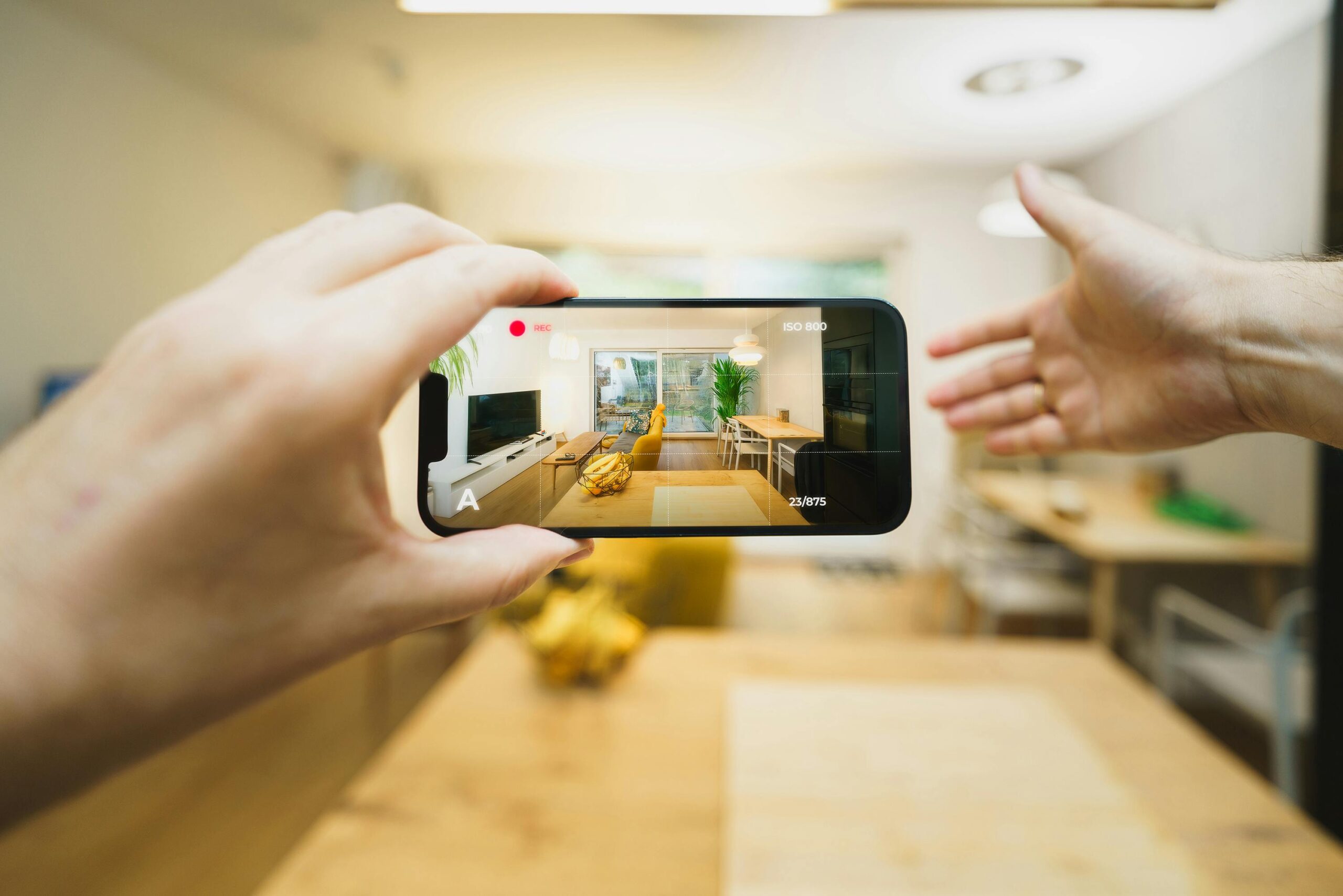Selling a property before a single brick is laid is used to demand imagination and optimism. Today, photorealistic computer-generated imagery gives buyers a clear sense of space, material, and light months or even years ahead of construction. For developers and agents, the result is a shift from speculative marketing to confident transactions, driven by strong visual evidence and interactive experiences.
From concept to confidence
High-quality CGI for property developers replaces abstract floor plans with immersive scenes that show how an apartment or villa will actually feel. Instead of asking prospects to interpret two-dimensional drawings, teams present living rooms with real scale, kitchens with accurate finishes, and balconies that reflect likely daylight. That clarity shortens the sales cycle because clients understand what they are buying and how the space will function in daily life.
What a CGI Virtual Tour delivers
A CGI Virtual Tour is more than a series of rendered images. The combination of 3D architectural rendering is with walkthroughs that are able to be navigated, toggles for materials, and lighting that is realistic. The options are given to the buyers to go through the layouts slowly, to alternate between furniture schemes, and to observe the change of the mood with the change of the finishes. In the case of off-plan projects, this interactive layer metamorphosed the uncertain promises into tangible options.
Intent-based marketing
While photos and brochures may attract casual interest, CGI tours attract decision makers. Embedding interactive tours into property portals and marketing emails enhances lead quality and reduces unproductive viewings for developers.
Virtual tours can also be shared with overseas investors with relative ease, a very important aspect of markets like Dubai, where a significant amount of demand comes from international investors.
Configuration and customization
The possibility to adapt the product to one’s needs is another feature that is highly convincing. Customizing the floor, cabinets, and lights according to one’s liking is a huge opportunity for potential buyers. Previewing the options creates a bond between the buyer and the property and makes it easier for the buyer to decide sooner.
On the developer’s part, providing options for customization as part of the sales package increases the perceived value and strengthens the pricing strategies without the need for physical samples.
Reduction of cost and risk upon delivery
Bringing 3D architectural rendering into the process at the very start is helpful in lessening the amount spent on expensive revisions. It enables the parties involved to recognize mismatches between the designs and the customer’s expectations, and they can resolve those concerns before any building takes place. That results in fewer change orders, keeps deadlines, and makes budgets more predictable. To put it another way, superior visuals lessen the operational friction all throughout the project lifecycle.
Data and performance tracking
CGI tours not only add to the beauty but also show measurable results. Heatmaps, click paths, and time spent in a unit all indicate what features attract interest. Marketing teams can then utilize those indications to make the ad attractive, change the prices, or focus on the units that appeal to the buyers. That data promotes smarter decisions and gives developers a better understanding of market demand for particular options.
When images have to reflect reality
A warning is necessary. CGI is convincing when it is realistic. Bad lighting, overstated finishes, or misleading viewpoints ruin trust. The most effective CGI work follows the actual specification and shows honest renderings of net usable area, fixtures, and views. When visuals match delivery, buyer satisfaction increases and reputational risk falls.
Practical steps for developers
To use CGI effectively, start with precise architectural models and realistic material libraries. Integrate interactive tours into listings and sales portals, and offer configuration tools where appropriate. Track user behavior and feed insights back into marketing and pricing. Make sure legal disclosures clarify that visuals depict proposed finishes, not necessarily the final fit-out.
Beyond the sales floor, integrate CGI tours with CRM systems so agents can follow up based on which units a lead explored. Make tours mobile-friendly, since many buyers first browse on phones. Consider lightweight immersive options for social platforms to broaden reach. Well-optimized virtual tours can improve listing visibility and conversion, making CGI for property developers not only a design tool but also a marketing asset that supports every stage of sales.
Conclusion
Off-plan sales are competitive in Dubai, and well-executed CGI for property developers’ campaigns can make a decisive difference. If you are exploring CGI Virtual Tour services and 3D architectural rendering in Dubai, consider Limina Studios. We deliver photorealistic renders and interactive virtual tours, helping developers and agencies present projects more clearly and close with greater confidence.






















